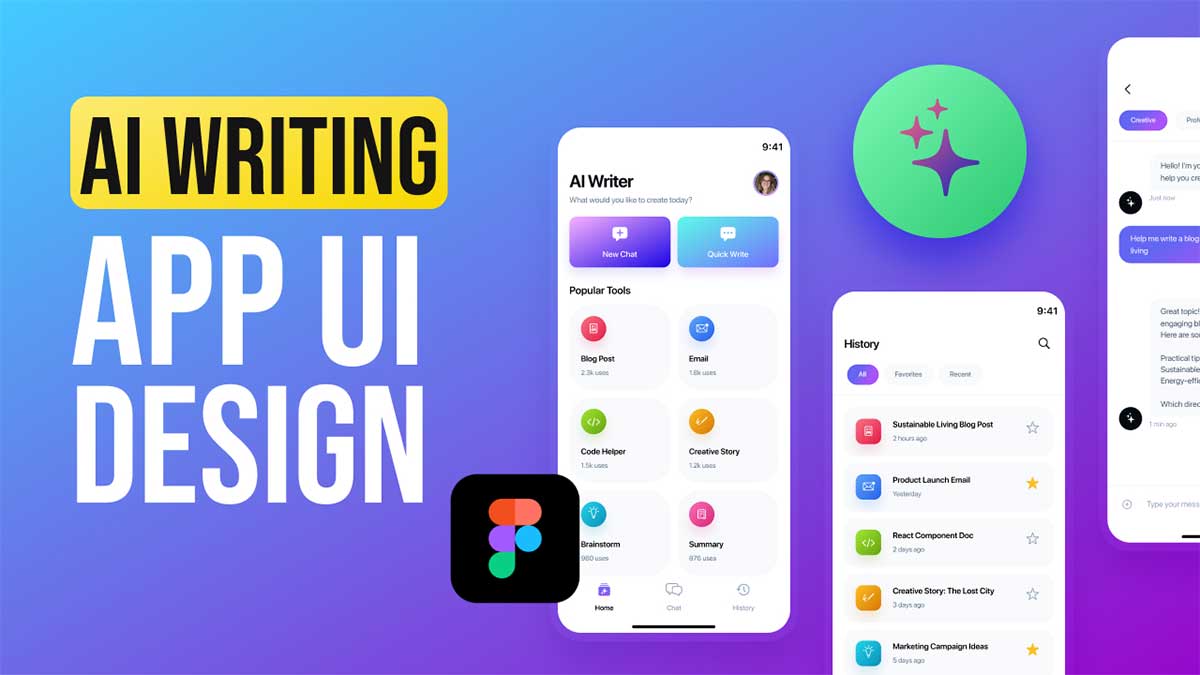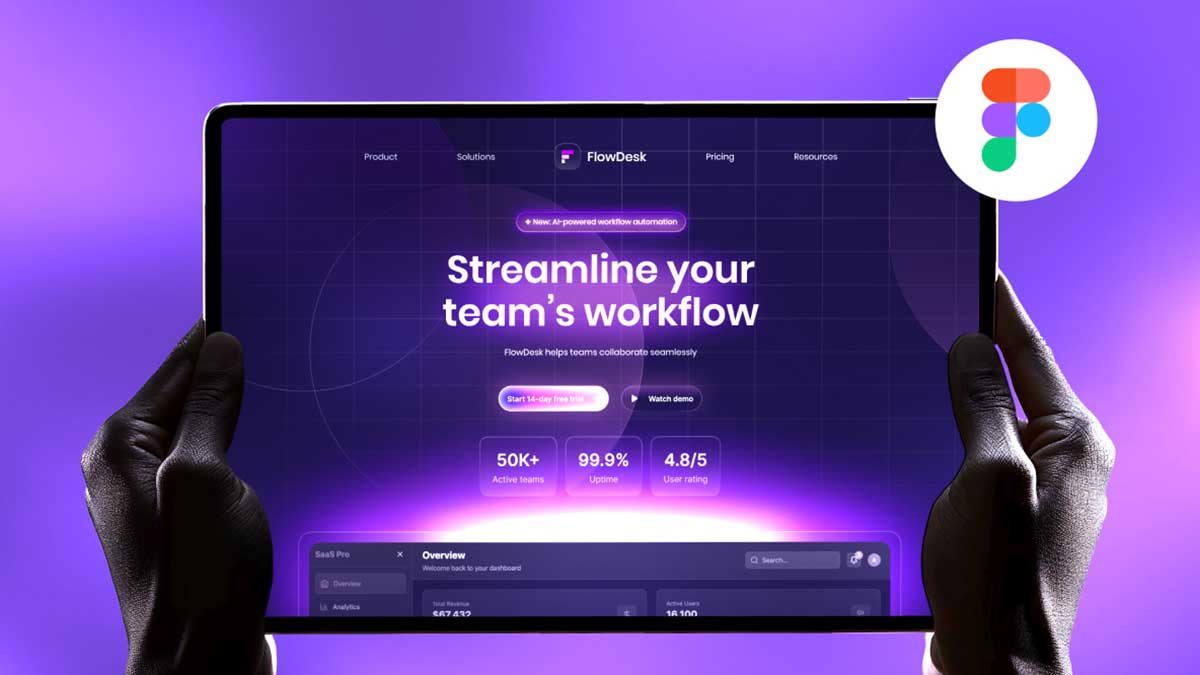In today’s fast-paced world, food order tracking has become an essential feature for customers who want a seamless and transparent delivery experience. Whether you’re craving a creamy bread delight or a gourmet meal, knowing the exact status of your order provides peace of mind.
To learn Figma, UI/UX design for mobile app ui and to download premium quality Free , Check out my YouTube channel (@uixDesignAcademy) for simple and easy beginner tutorials!
How Food Order Tracking Works
Food order tracking systems work by integrating GPS tracking, real-time status updates, and push notifications. Let’s break down the essential screens in a typical food delivery tracking system.
1. Product Page: Placing an Order
Before tracking begins, users must select and order their food. The product page is designed to offer a smooth experience, including:
- High-Quality Food Images: Users can see clear photos of available dishes.
- Dish Name and Description: Each meal comes with details about ingredients and pricing.
- Add to Cart Button: Customers can easily add items to their order.
Once an order is placed, the tracking process starts immediately.
2. Order Tracking Page: Live Updates on Delivery Status
Once the order is confirmed, customers are redirected to the order tracking page, which provides real-time updates. Key elements include:
- Order Status Updates: This shows the different stages, such as Order Received, In Preparation, Out for Delivery, and Delivered.
- Estimated Delivery Time: Customers get a real-time countdown to when their food will arrive.
- Delivery Partner Details: Users can see the driver’s name, vehicle type, and contact information.
- Live GPS Tracking: A map view allows customers to track the delivery rider’s location in real-time.
These features ensure a seamless food order tracking experience, reducing customer uncertainty and enhancing trust in the service.
Benefits of Food Order Tracking for Businesses and Customers
For Customers
- Real-Time Transparency: No more guessing when your food will arrive.
- Convenience: Easy access to order updates without making calls.
- Improved Satisfaction: Knowing the delivery status enhances customer trust.
For Restaurants & Delivery Services
- Reduced Customer Queries: With live tracking, restaurants handle fewer “Where is my order?” calls.
- Operational Efficiency: Helps businesses manage deliveries more effectively.
- Customer Loyalty: A seamless tracking experience encourages repeat orders.
Best Practices for Implementing a Food Order Tracking System
To ensure an efficient food order tracking system, businesses should follow these best practices:
1. Integrate Real-Time GPS Tracking
Using Google Maps or other GPS services, delivery platforms can offer accurate location updates.
2. Provide Push Notifications
Customers should receive alerts when the status changes (e.g., “Your food is out for delivery”).
3. Offer Estimated Delivery Times
Displaying real-time ETA updates enhances customer confidence.
4. Ensure an Intuitive UI/UX Design
The tracking page should be simple and easy to navigate, with clear labels and a smooth design.
The demand for food order tracking continues to grow as customers expect a seamless and transparent delivery process. By implementing a well-designed order tracking system, food businesses can improve efficiency, enhance customer satisfaction, and increase sales.
If you’re running a restaurant or delivery service, integrating real-time food order tracking will give you a competitive edge. Invest in user-friendly tracking features today and offer a premium experience to your customers!
Interested to join the most important series of Daily UI Design Challenge special for deisgners,



